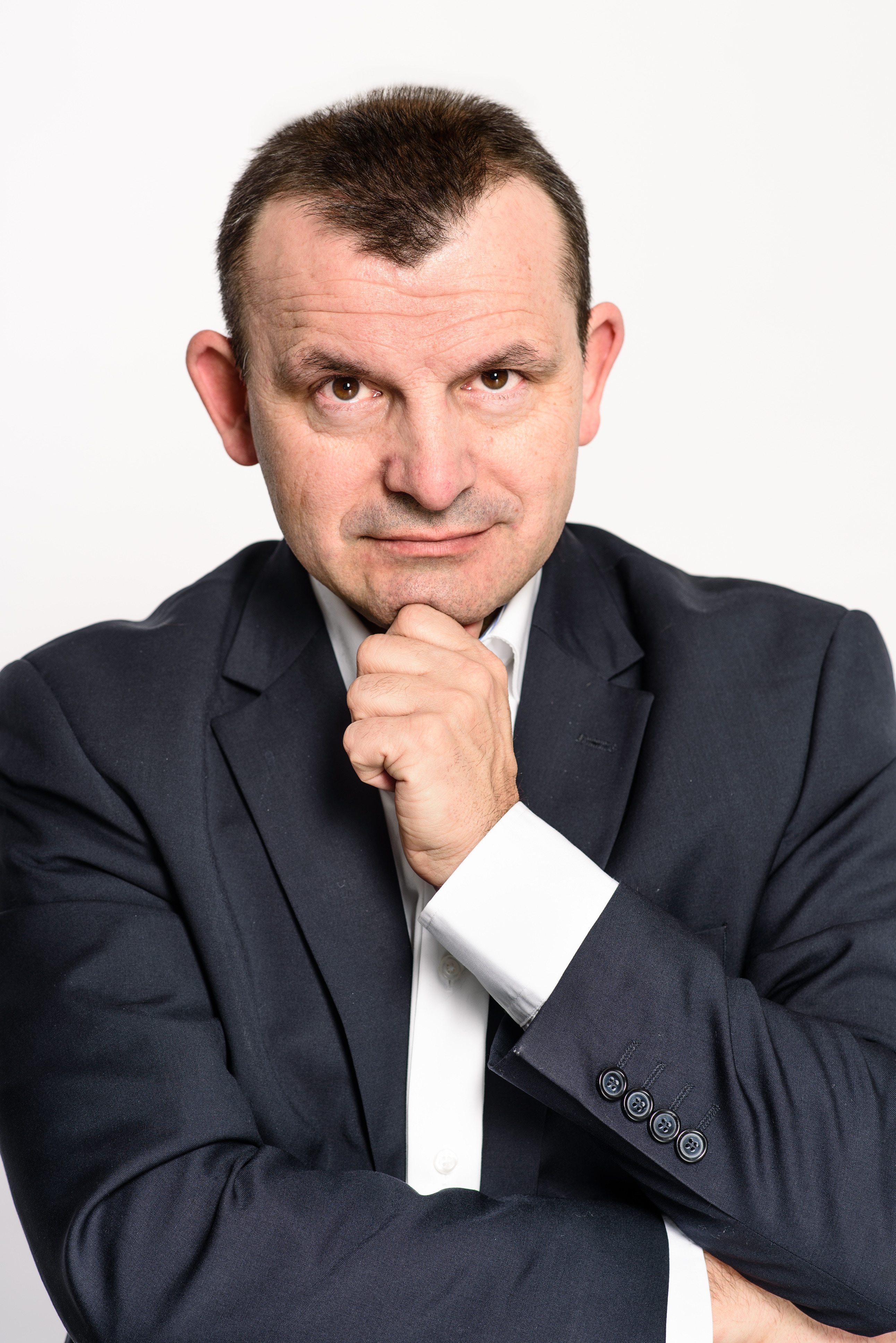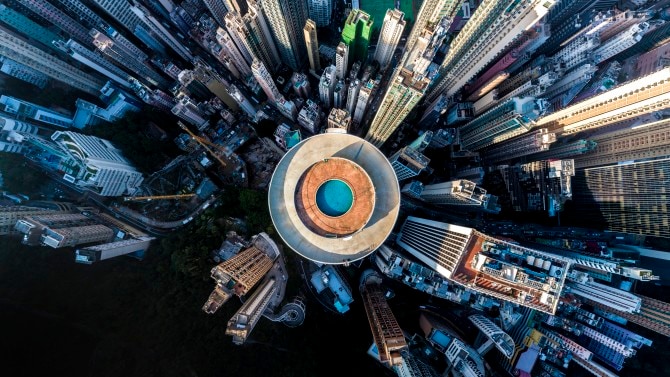Rynek napojów bezalkoholowych utrzymuje wartość ok. 17 mld PLN w cenach detalicznych, pomimo gwałtownych zawirowań związanych z pandemią i zmianami legislacyjnymi w roku 2021. Trzy największe kategorie to niezmiennie woda butelkowana, napoje gazowane oraz soki i napoje owocowe (w tym tzw. smoothie).
Rok 2020 przyniósł nam wszystkim pandemię. Niektóre branże na tym skorzystały, inne straciły. W napojach bezalkoholowych główny impakt pandemii to utrata wielu okazji konsumpcyjnych. Nagle przestaliśmy chodzić na siłownie czy na basen, zamknięto szkoły, opustoszały uczelnie, biura i środki transportu publicznego. To oznacza nie tylko przekierowanie ruchu konsumentów między kanałami sprzedaży czy formatami opakowań. Oznaczało to dramatyczny spadek konsumpcji w niektórych segmentach rynku. Ucierpiały wszystkie produkty w małych opakowaniach. Zarówno w wodzie jak i w sokach i napojach owocowych spadek sprzedaży małych opakowań odpowiedzialny był za ponad 80 % całości spadku. Poza tym spadła konsumpcja per capita, co było skutkiem zamknięcia nas w domach i zmniejszenia naszej aktywności.
Gdy branża już podnosiła się z tego wyzwania – zanotowało kolejny wstrząs: wprowadzenie opłaty cukrowej. Ta zmiana wywołała burzę w produktach gazowanych oraz w segmencie wód smakowych. Część producentów zdecydowało się na reformulacje swoich produktów, oferując produkty zdrowsze, ale inaczej smakujące. Inni postanowili zmniejszyć opakowania , żeby szok cenowy konsumentów był nieco mniejszy. Inni po prostu podnieśli ceny. W efekcie wolumen sprzedaży zarówno napojów słodki gazowanych jak i wody smakowej spadł dwucyfrowo w 2021.
Jakby tych wyzwań było mało – nadeszła inflacja podażowa. Gwałtownie rosnące ceny produktów ropopochodnych uderzyły w ceny opakowań PET – bez których dzisiaj rynek wody czy napojów gazowanych praktycznie nie istnieje. Poziom podwyżek cenowych oraz ich wpływ na poziom konsumpcji nie jest jeszcze znany – ale na pewno jest to kolejne duże wyzwanie dla branży.
Jeśli chcemy rozmawiać o trendach konsumenckich dzisiaj – to nie możemy rozważać ich wpływu na rynek w oderwaniu od gwałtownych zmian inflacyjnych i legislacyjnych. Świat się zmienia i wraz z nim będą zmieniały się nawyki konsumentów.
Pierwszy kierunek to z pewnością droga ku zdrowiu.
Pandemia nie przeszkodziła we wzroście konsumpcji soków. Polska jest nadal poniżej średniej europejskiej z konsumpcja na poziomie poniżej 15 l na głowę. Średnia europejska to ok 17 litrów, a nasi sąsiedzi – Niemcy pija ok 27 litrów soków na głowę jednego mieszkańca. Konsumpcja soków i nektarów ( z udziałem soków powyżej 25% ) stale rośnie. Konsument nie oczekuje dzisiaj innowacji smakowych czy opakowaniowych w tej części rynku, ale szuka marek godnych zaufania i przejrzystości etykiety.
Drugi kierunek to wygoda.
Pandemia zatrzymała wzrost rynku małych opakowań – ale ten trend wraca. Chcemy mieć swój ulubiony napój zawsze przy sobie. Potrzebujemy małych, wygodnych, bezpiecznych i eleganckich opakowań. Mamy swoje preferencje i często każdy domownik pije cos innego. Potrzebujemy kilku napojów, z kilku segmentów, kilku marek non stop dostępnych w domu. Dlatego opakowania mniejsze będą rosły. Opakowania wygodne , na drogę, do plecaka, do torebki – też będą zdobywały coraz więcej rynku.
Wreszcie zmiana nawyków żywieniowych.
Snacking, ale zdrowy snacking. Nie wolno nam zapominać , że soki owocowe i warzywne zrobione są z owoców i warzyw. Odpowiednio podane mogą zastąpić posiłek. Gwałtownie rośnie rynek smoothie ( gęstych soków przecierowych ) oraz musów owocowych. Rozszerzanie obecności w innych kategoriach w oparciu o swoje kompetencje to naturalna droga rozwoju dla każdego.
Woda butelkowana ma znaczniej mniej szans na rozwój poprzez innowacje, ale i tutaj widać wszystkie trzy trendy. Przede wszystkim minerały. Wody mineralne radzą sobie lepiej niż wody źródlane. Konsument jest zainteresowany składem i chce wiedzieć , czemu ma płacić za wodę butelkowana , skoro coraz częściej dostępna jest dobrej jakości woda z kranu. Minerały w wodzie to namiastka suplementów. I tutaj marka ma duże znaczenie. Pandemia obnażyła słabość marek własnych w wodzie. Konsument szukał wody , której może zaufać.
Przy obecnym poziomie konsumpcji na jednego mieszkańca postawienie na rozwój małych opakowań , opakowań wygodnych w podróży , na siłowni czy w pracy wydaje się nieuniknione.
Innowacje w wodzie prawdopodobnie pójdą w dwóch kluczowych kierunkach. Po pierwsze w kierunku zwiększenia funkcjonalności wody, wejście w obszar izotoników a może nawet tzw energetyków. Po drugie – przyjemność. Wody smakowe bez cukru, bez słodzików, bez konserwantów, bez kalorii – nie przyjemność bez konsekwencji.
Dużym wyzwaniem dla branży będą w najbliższych latach zmiany legislacyjny wokół opakowań, wprowadzenie systemu depozytowego oraz nakaz używania recyklatów do produkcji opakowań. Same w sobie – szczególnie jeśli są dobrze przygotowane i zapowiedziane – wyzwania te nie są groźne dla branży. Jednak nawarstwienie zmian z ostatnich 2 lat przy jednoczesnej konieczności zmierzenia się z kolejnymi wyzwaniami kolejnych 2 lat może dla wielu firm oznaczać barierę nie do pokonania. Rynek wody butelkowanej w Polsce jest rozdrobniony. Bardzo prowdopodobna staje się zwiększona koncentracja rynku w najbliższych kilku latach.

Piotr Chęcielewski
Chief Marketing Officer
Hortex / Jurajska
Dużym wyzwaniem dla branży będą w najbliższych latach zmiany legislacyjny wokół opakowań, wprowadzenie systemu depozytowego oraz nakaz używania recyklatów do produkcji opakowań.




